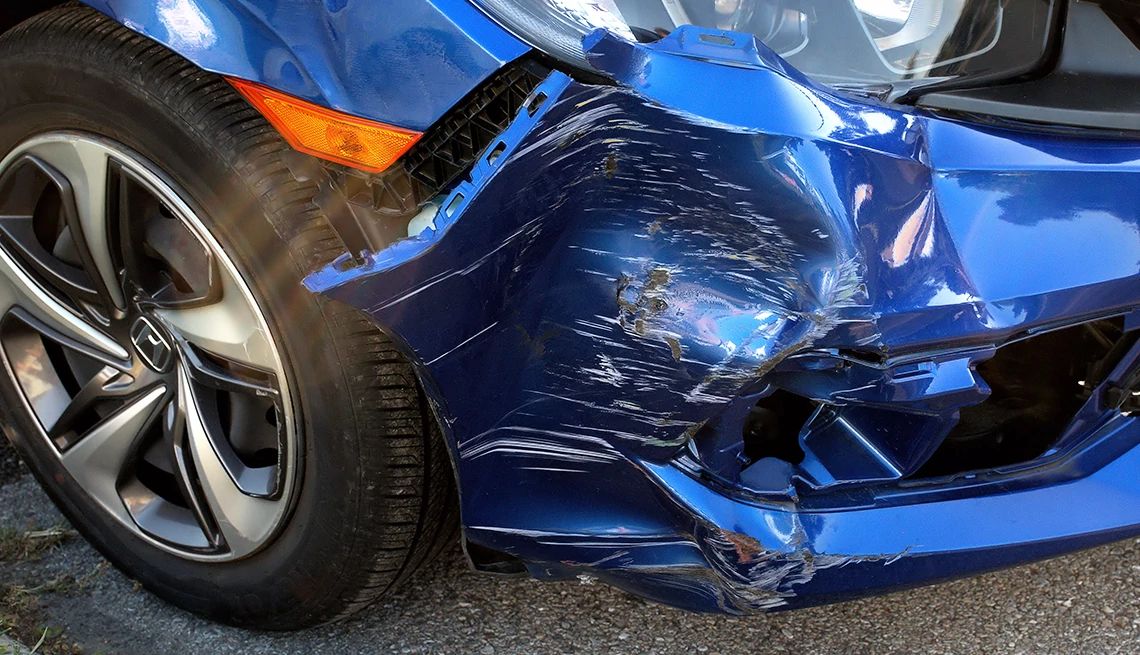AARP Hearing Center


If you think the price of food is soaring, wait until you get your new insurance premium. The average annual cost of full-coverage car insurance rose to $2,543 in 2024, an increase of 26 percent over last year, according to Bankrate.com. In comparison, the government’s Consumer Price Index rose 3.4 percent in 2023, and the cost of food rose 2.7 percent.
Insurance industry experts report that overall inflation isn’t the biggest influence on current auto insurance premiums but rather behaviors by risky drivers that have hurt policyholders. Here’s why premiums are rising — and what you can do to keep your costs lower.
Violations
During the pandemic, fewer car accidents occurred, since fewer drivers were on the road. Their driving didn’t improve once the pandemic was over. The National Highway Traffic Safety Administration estimated that 19,515 people died in traffic accidents during the first half of 2023 — a big increase from 17,065 killed in the same prepandemic six-month period in 2019.
One cause: Distracted drivers. “People are driving erratically on the road more often today than before the pandemic,” says Loretta Worters, vice president, media relations, for the Insurance Information Institute. “The average amount of distracted drivers rose 30 percent between 2019 through 2023,” she said.
Some are just driving too fast. Major speeding violations in 2022 were more than 20 percent above 2019 rates, according to the latest data available from the LexisNexis U.S. Auto Insurance Trends Report. And driving while drunk (or otherwise impaired) is another type of risky driving behavior that has fueled higher injury and collision claims costs. DUI levels in 2022 were about the same as those in 2019, but LexisNexis expects that number to grow.
Expensive repairs
Here’s where inflation comes into play. Because the prices of most consumer goods and services have jumped the past several years, repairing damaged vehicles costs more. Skilled labor rates and the cost of materials to repair cars are up. As a result, policyholders can expect to pay more for auto coverage because of inflation. No policyholder living in any U.S. state has escaped the impact of higher insurance rates.































.jpg?crop=true&anchor=13,195&q=80&color=ffffffff&u=lywnjt&w=2008&h=1154)































More From AARP
Does Age Matter When Looking for Jobs? Most Boomers Say Yes
Oldest and youngest workers share concerns about bias2024 IRS Tax Deadlines You Can’t Afford to Miss
Is Tax Day April 15 this year? When are estimated taxes due? Our IRS filing calendar has the answersWhen Do I Get My Federal Income Tax Refund?
The IRS can help you track your tax refund dollars
Recommended for You